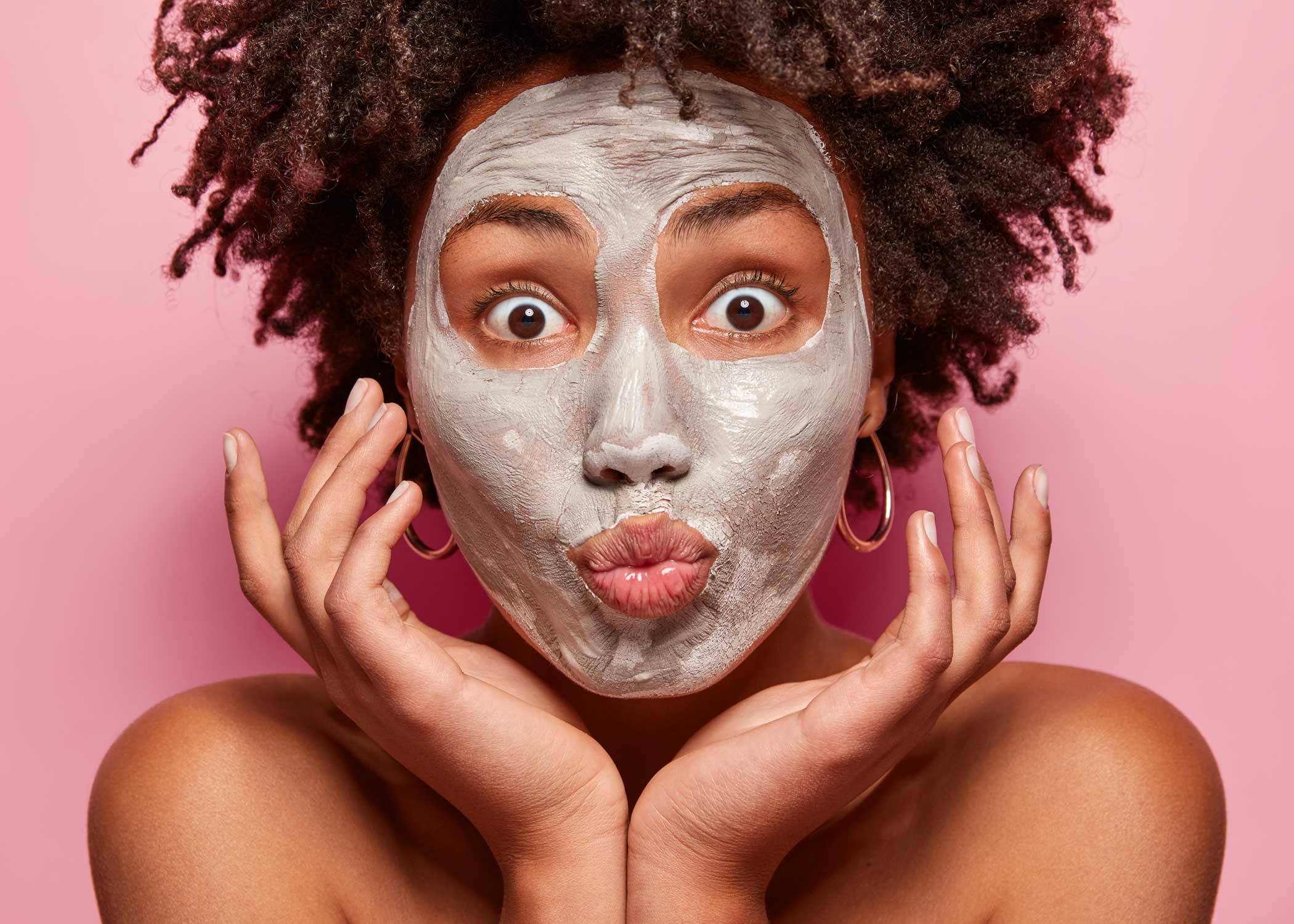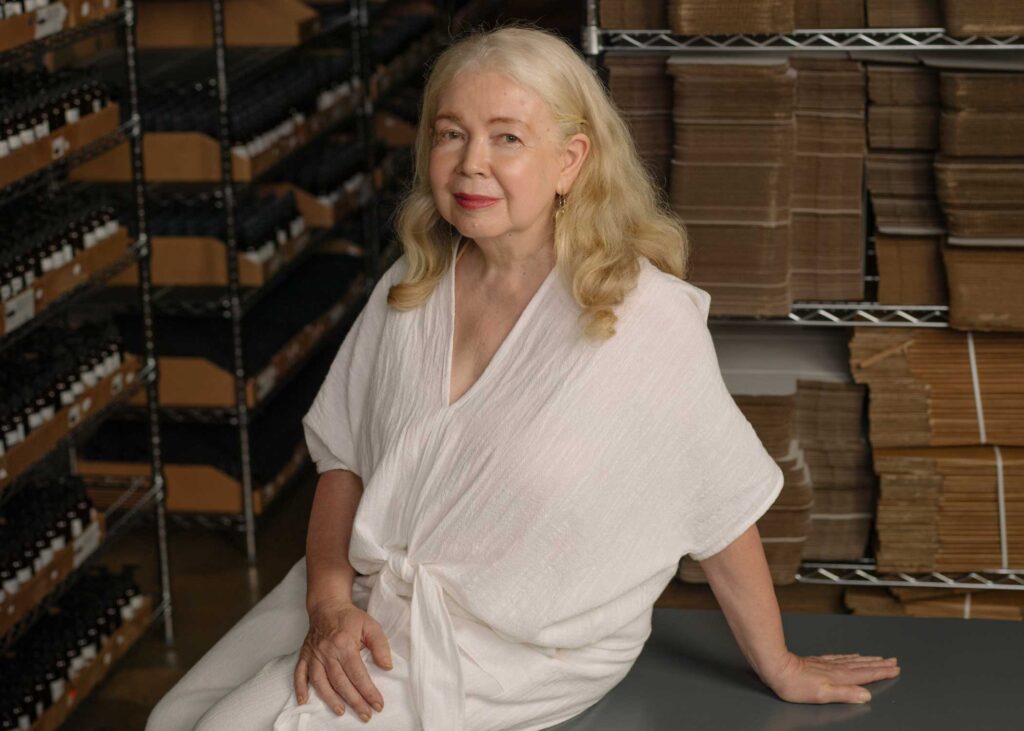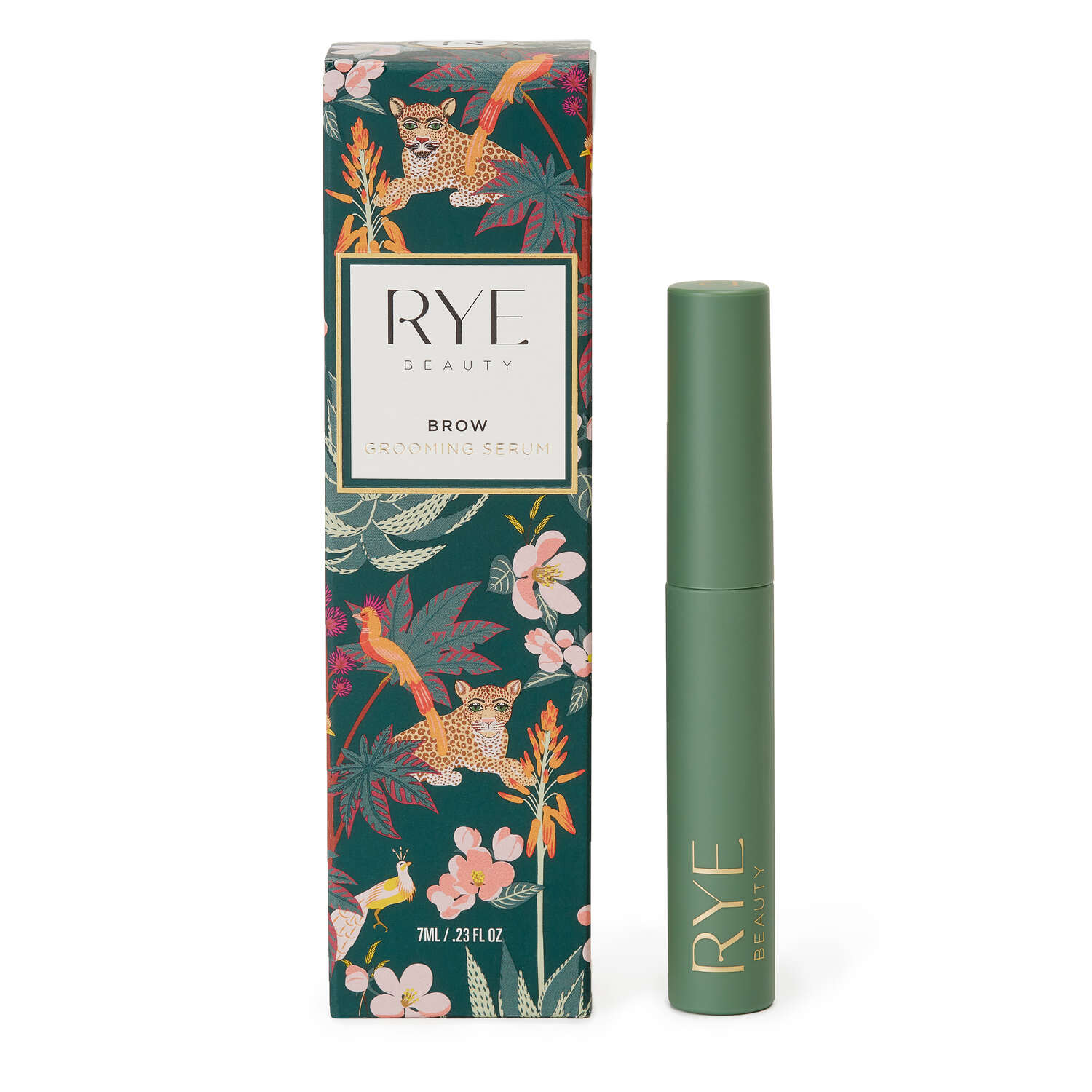Beauty & Health
Skin Care Tips to Smooth Over the Aging Process for Every Decade
 Courtesy of Wayhome Studio
Courtesy of Wayhome StudioWith life expectancy at a record high and people working and playing well into “old” age, the infinite quest for a youthful appearance is a familiar one. Beauty brands famously tout products promising antiaging miracles, but “antiaging” is a misnomer. We are all aging, right this very second. It’s also incorrect to think that only people in their 40s or 50s should be concerned about their skin and how it is changing on a cellular level. In fact, the body’s production of collagen — the building block for bones, skin, hair and muscles, and what gives skin its plump, youthful appearance — starts to decline in our mid-20s.
Bay Area beauty expert Marie-Veronique Nadeau, founder and head of research and development for beloved clean beauty brand Marie Veronique, has been touting the benefits of listening to your body since the company’s inception in 2002. After dealing with teenage acne and rosacea in her late 30s, she began to focus on the root causes of inflammatory conditions and how skin irritations develop into chronic conditions. Her solution? Steer away from beauty products containing chemicals and toxins.
“Natural ingredients are the answer for skin experiencing problems such as irritation, chronic redness, dermatitis, even acne and premature aging, due to constant exposure to preservatives, fragrances and synthetic sunscreen agents in products,” says Nadeau. “In pharmaceuticals, risk is measured by dosage over time, and it’s important to remember that we use skin care products daily over many years. I often hear people say, ‘It can’t be such-and-such causing my sudden flare-up — I’ve been using it for years.’ And yet, that’s precisely the problem.”
While the skin inarguably changes over time, it’s possible to defy beauty norms no matter what our biological age if we understand how to work with those changes and supplement deficiencies. And when it comes to choosing a skin care routine? “Don’t over-exfoliate, don’t be too aggressive, listen to your skin. A little kindness goes a long way,” Nadeau says. With that in mind, let’s take a look at the changes that take place as we age and how to love the skin you’re in.

30s
“At age 30 your skin is at its peak, but 30 is a milepost. It is also when we start to lose about one percent hyaluronic acid production per year, and other processes start to slow down as well,” says Nadeau. Cell turnover slows, which in layman’s terms means we start to lose some of that youthful glow, our skin is a little drier and it recovers from inflammation at a slower rate. And all those teenage years spent frolicking on the beach sans sunscreen? Yep, the tell-tale signs start to show up on our faces as unevenness in tone and possibly even some dark patches. Nadeau recommends developing a healthy skin care regimen and religiously sticking to it, and, if you haven’t been applying sunscreen every day, now is definitely the time.
Ingredients to incorporate into your skin care routine: It’s a good time to start adding retinol to your nightly routine. “Retinol, a vitamin A derivative, stimulates collagen production, improves uneven pigmentation, and thickens the dermis to give you that glowy, dewy-appearing skin,” says Elaine J. Lin, M.D., of Dermatology Consultants of Marin Inc. “Additionally, it is great at treating acne. The key to maintaining its benefit is regular and consistent use,” she adds.
Along with retinol-containing products (best bet is to visit your dermatologist to get the formula that suits you), you should also be using sunscreen every day and a vitamin C serum like Marie Veronique’s Vitamins C+E+Ferulic Serum because “you want to protect from UV damage by not only blocking UV rays, but by preventing damage by the rays that do not get blocked,” says Nadeau.
40s
“This is the decade when the changes that began in the 30s start to become perceptible — eye wrinkles are a definite feature, and the first signs of the labial folds around the mouth are normal. Think of them as expression lines,” explains Nadeau. Many people in their 40s also begin to notice a loss of firmness and poorer skin texture. And more signs of sun damage in the form of hyperpigmentation are common. Many people turn to laser treatments in their 40s, using them as preventative medicine to stimulate the deeper layers of the epidermis, which boosts firmness and a more youthful appearance.
“Collagen is a major structural component of the skin. As we age, we lose the production of collagen, which leads to visible signs of aging, such as wrinkles, sagging skin and volume loss. Laser treatments can trigger collagen production, which in turn slows down the process of visible aging,” says Lin. Taking oral supplements can be very helpful as well, and Nadeau recommends “taking NAD+ — a key player in maintaining optimal metabolic processes (healthy DNA). It’s considered by aging researchers to be the main ‘antiaging’ supplement.”
Ingredients to incorporate into your skin care routine: During this decade, collagen loss becomes more noticeable, and because collagen production is absolutely dependent on vitamin C getting into the cells, it is important to supplement both topically and orally. If you want to get technical, incorporate vitamin C derivatives like tetrahexyldecyl ascorbate, which is found in Marie Veronique’s C-Therapy Serum, as it plays a key role in helping skin cells produce collagen. Lin also recommends Revision’s Vitamin C Lotion 15% and Paula’s Choice RESIST Super Antioxidant Serum. Continue using sunscreen as well as retinol to help reverse photodamage. And don’t forget that NAD+ supplement.
50s
Most women experience menopause in their 50s, which leads to a shift in hormones (most notably a decline in estrogen) and an increase in androgens (most notably testosterone). Skin becomes noticeably thinner and begins to lose both elasticity and moisture. Expression lines also deepen, and it is particularly important to protect the lipid barrier. “The skin’s lipid barrier primarily consists of ceramides, which help create a water-resistant, protective layer that prevents the skin from drying out. It also helps create a tight seal against microbes and irritants in the external environment,” says Lin.
And moisturize, moisturize, moisturize, because this will help to soften wrinkles. “The body is producing fewer natural oils, so make sure you have sufficient fats in your diet. Now is not the time to take up low-fat diets,” says Nadeau. Avoiding sugar as much as possible is recommended as well, as sugar weakens your collagen fibers and causes wrinkles. “Ironically, it’s OK, even desirable, to have saccharides in your moisturizer because sugar attracts water. The rule at this age is wear your sugar, just don’t eat it,” she adds.
Ingredients to incorporate into your skin care routine: To shore up the skin’s protective barrier, introduce oils into your skin care regimen. “Everyone should make a point of getting an oil blend that contains all three of these barrier lipids: cholesterol, ceramides and fatty acids,” says Nadeau. “Ceramides are easy to find in ingredient lists, and you can sometimes find fatty acids (cranberry seed oil, black raspberry seed oil, chia seed oil, prickly pear seed oil, evening primrose oil) in moisturizers as well. Cholesterol is harder to find, but it’s important for proper barrier function to have all three lipids in your mix,” she says. A good choice is Marie Veronique’s Rejuvenating Night Oil/Extra Healing.
60s and Beyond
“Catherine Deneuve famously said that in her 60s she had to choose between her body and her face — and she chose her face. I think she meant she decided that she would allow herself to gain a few pounds because it enhances facial contours and softens wrinkles,” Nadeau points out. While hormone levels are now returning to normal post-menopause, circulation slows significantly, which gives skin a duller appearance. The outermost two layers of skin — the epidermis and dermis — are also thin, which can give skin a crepe- or tissue paper-like appearance. Deeper wrinkles, age spots, more defined creases — particularly around the mouth — are all normal.
But it is not all bad news, far from it. “Efforts in earlier decades to establish good care routines start to pay off in this decade — skin can hold up remarkably well as long as you consistently nourish and take care of it,” Nadeau says.
Ingredients to incorporate into your skin care routine: “We are past the age where hormones like estrogen are giving us hydrated skin — so making sure we are keeping skin properly moisturized becomes paramount,” says Nadeau. Switch to products that offer a lot of hydration and are richer in both texture and ingredients. Try gentler, more luxurious cleansers like milks and oils and don’t forget your daily application of vitamin C and retinol.
Pamper the Skin You’re In
A Pick-Me-Up
Mill Valley’s Skin Spirit offers a spectrum of treatments, including for those just starting on a skin care journey (micropenning and microneedling for reducing fine lines and uneven skin tone) and those looking for more of a heavy lift (IPL skin tone correcting and Ultherapy ultrasound for collagen boosting).
Wellness Boost
Located on Union Street in San Francisco, Redmint Sanctuary Herbal Bar offers beauty and wellness elixirs that work from the inside out. Based on traditional Chinese medicine, the teas and tonics are the perfect addition to any skin care routine. Be sure to try the Glow & Charm.
Take Two
Elysium’s Basis supplement is changing the way we think about aging. The body produces NAD+ naturally (it is required for hundreds of metabolic processes, including creating cellular energy and maintaining healthy DNA), but NAD+ declines as we age. Basis is a NAD+ precursor (a supplement that encourages the body to produce more NAD+ itself) that supports healthy aging.









